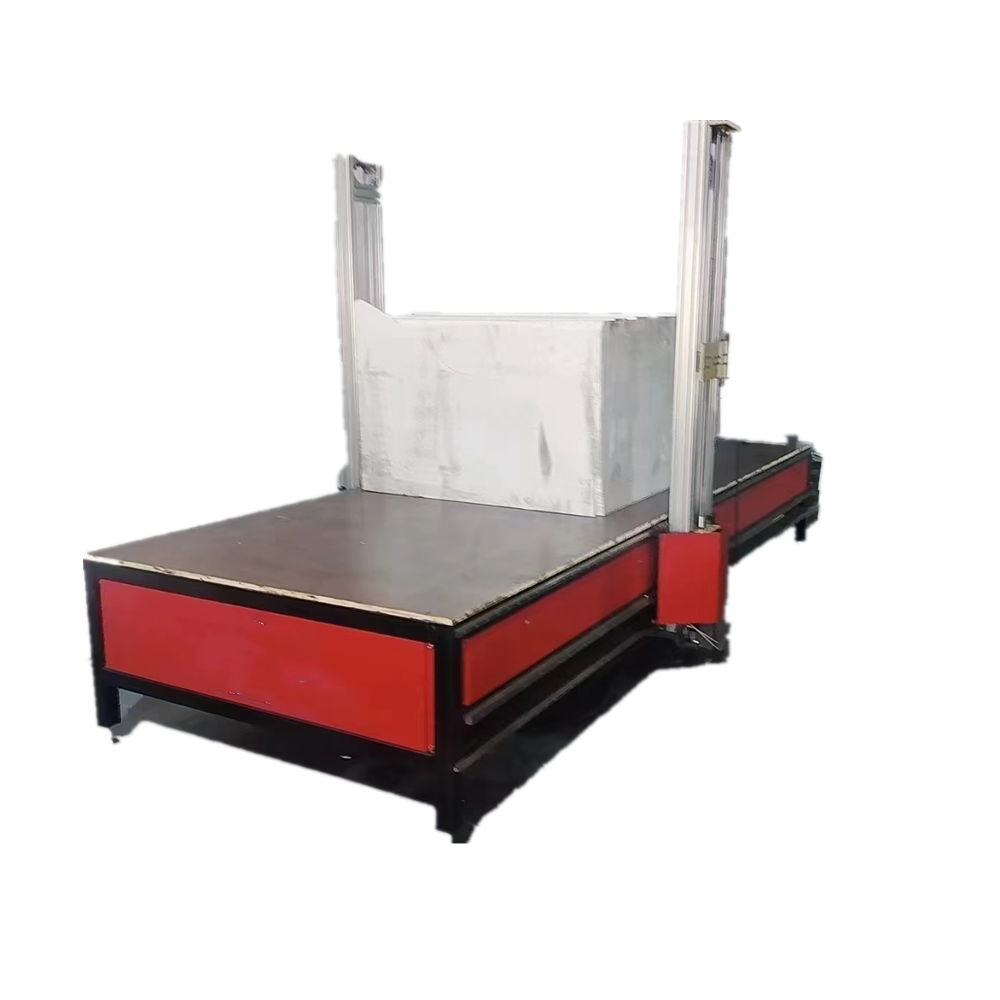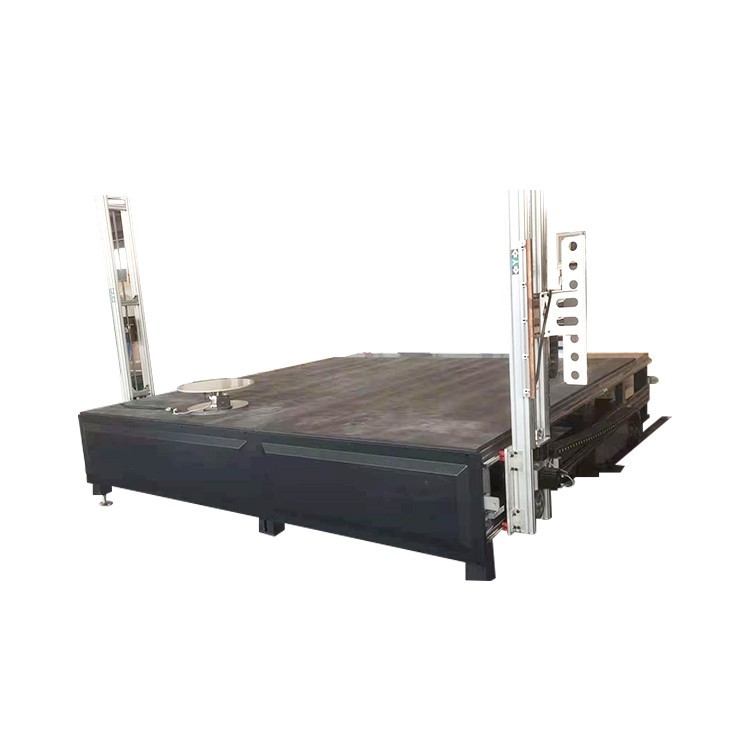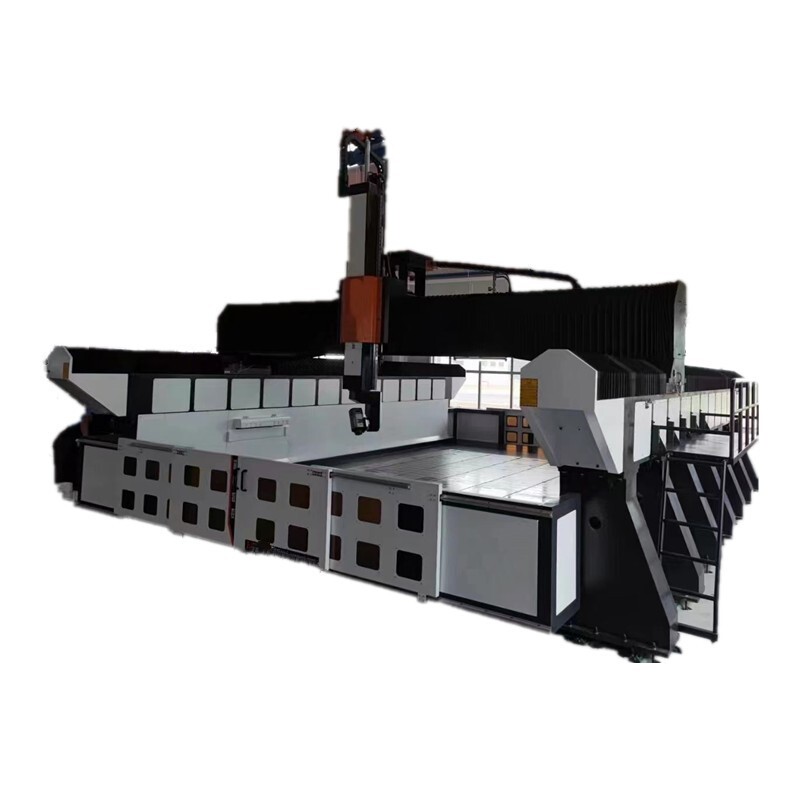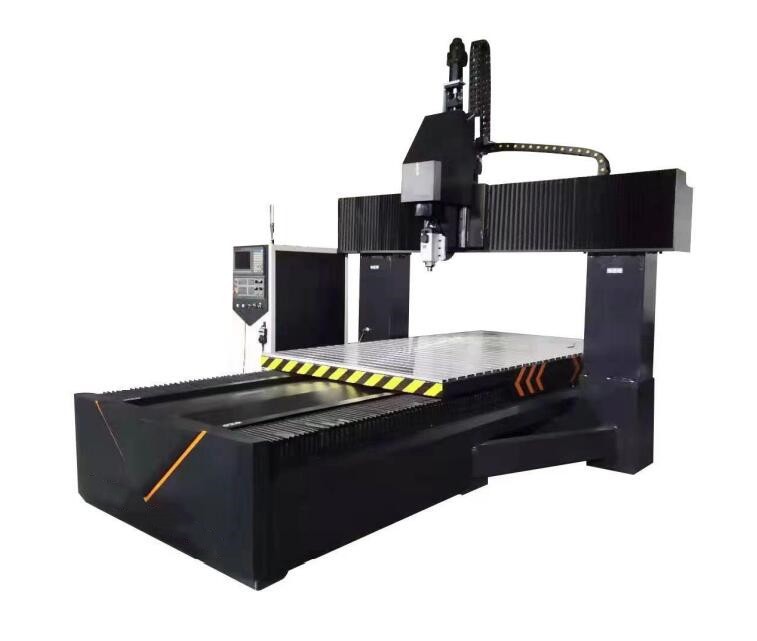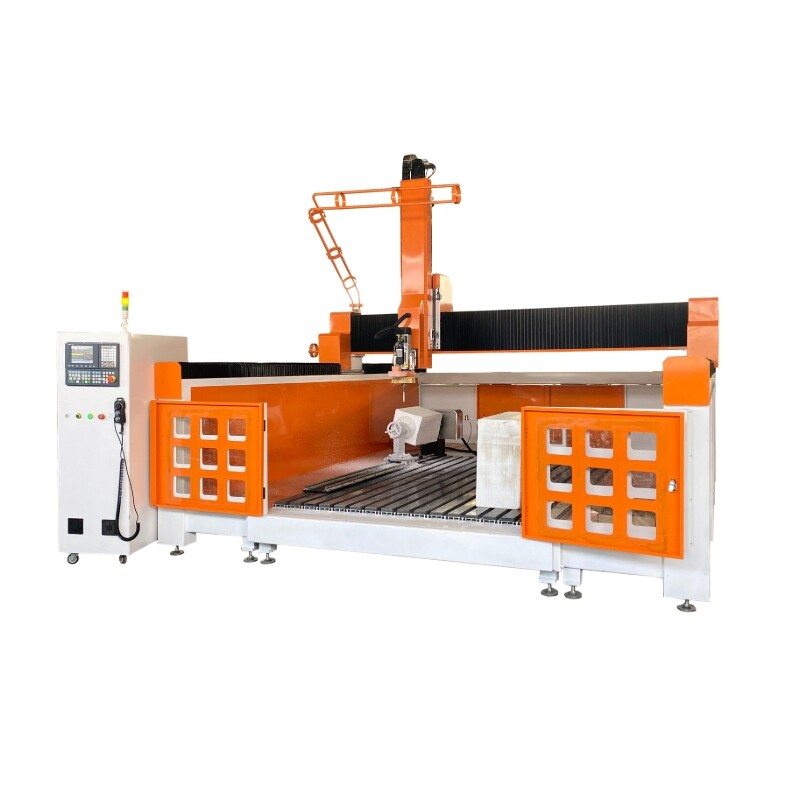The Art of Lightness: Exploring Foam Roman Column Patterns
Foam Roman columns (Foam Roma Columns) have revolutionized architectural detailing, offering the timeless grandeur of classical stone columns with unmatched practicality. Their lightweight nature, affordability, and incredible versatility make them ideal for modern interiors, events, film sets, and themed spaces. Understanding the core patterns is key to harnessing their decorative power:
1. The Classical Orders: Timeless Foundations
Doric Pattern:
Style:The oldest, most robust order. Features 20 shallow vertical flutes, a simple cushion-like echinus, and a square abacus forming the capital. Lacks a distinct base.
Foam Advantage: Crisp fluting and sharp lines convey strength and austerity. Ideal for masculine, minimalist, or historically grounded designs.
Use: Libraries, studies, grand entrances, theatrical temple scenes.
Ionic Pattern:
Style: Defined by elegance. Features 24 deeper flutes and the iconic scroll-shaped volutes on the capital, often adorned with egg-and-dart molding. Rests on a sculpted base with concave/convex profiles.
Foam Advantage: Delicate volutes and intricate moldings are perfectly captured. Exudes grace and sophistication.
Use: Wedding arches, boutique stores, galleries, elegant dining rooms, academic settings.
Corinthian Pattern:
Style: The most ornate and elaborate. Its capital is a breathtaking basket of intricately carved acanthus leaves, scrolls, and sometimes flowers. Fluting resembles Ionic, and the base is often highly decorated.
Foam Advantage: Complex acanthus leaf details are rendered flawlessly, achieving maximum opulence without stone's weight or cost.
Use: Luxury hotel lobbies, ballrooms, theatre stages, VIP event backdrops, palatial interiors.
Tuscan Pattern:
Style: A Roman simplification of Doric. Features a smooth, unfluted shaft, a plain rounded capital, and a simple base. Exudes rustic simplicity and strength.
Foam Advantage: Economical to produce, clean lines suit contemporary or rustic interpretations of classical style.
Use:Gardens, patios, Mediterranean-style villas, farmhouse kitchens, understated commercial spaces.
2. Modern Interpretations & Simplified Patterns
Foam's flexibility allows for creative adaptations beyond strict historical replication:
Simplified Capitals: Reducing the intricacy of Corinthian acanthus leaves or Ionic volutes for a cleaner, more contemporary aesthetic.
Smooth Shafts: Omitting flutes entirely on Ionic or Corinthian bodies for a sleek, modern silhouette.
Hybrid Designs: Blending elements from different orders or incorporating geometric motifs for unique neo-classical statements.
Non-Circular Profiles: Square, rectangular, or tapered shafts offering bolder, more architectural forms.
Abstracted Patterns: Highly stylized capital designs focusing on shape and shadow rather than literal leaf or scroll representation.
Why Foam Excels in Replicating Roman Column Patterns:
Ultra-Lightweight:Enables easy installation, hanging, or temporary setups impossible with stone or wood. Reduces structural load concerns.
Exceptional Detail Fidelity: High-density polyurethane foam (PU) captures even the most intricate carvings of acanthus leaves, volutes, and fluting with sharp precision.
Cost-Effectiveness: Significantly cheaper than traditional materials, making grand classical statements accessible for various budgets and projects (especially events).
Versatile Finishing: Easily sanded, primed, and painted to mimic marble, limestone, wood, metal (e.g., faux bronze or gold leaf), or bold contemporary colors. Realistic faux finishes are highly achievable.
Workability: Can be easily cut, shaped, or joined on-site for custom lengths or unique installations (e.g., half-columns, pilasters).
Durability & Safety: Modern rigid foams (like PU) are robust, moisture-resistant, and often treated for fire retardancy.
Choosing and Applying Foam Roman Column Patterns:
Match the Theme: Doric/Tuscan for strength/minimalism; Ionic for elegance; Corinthian for luxury; Modern patterns for contemporary spaces.
Scale Matters: Foam allows easy scaling. Ensure column height, diameter, and capital size harmonize with the room's proportions.
Focus on Finish: The surface treatment makes the foam column. Invest in skilled painting/aging techniques for authentic stone or metal effects.
Application Flexibility: Use as freestanding columns, door/window surrounds, paired porch columns, continuous colonnades, or wall-mounted pilasters.
Conclusion: Pattern Perfected in Lightness
Foam Roman columns represent a perfect marriage of ancient architectural artistry and modern material innovation. From the strict lines of Doric to the exuberant acanthus of Corinthian, and onto inventive modern patterns, foam delivers the visual impact of stone with unparalleled practicality. The keyword foam Roma column pattern signifies this vast design potential. By understanding the classical orders and embracing foam's adaptability for modern interpretations, designers can effortlessly infuse spaces with the enduring elegance of Roman architecture, proving that true grandeur need not be heavy.
Related Products

